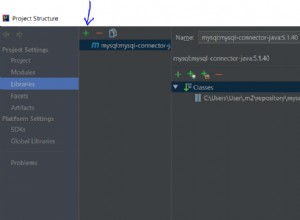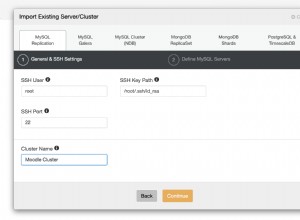Kolumna relacl katalogu systemowego pg_class zawiera wszystkie informacje o uprawnieniach.
Przykładowe dane w schemacie public należący do postgres z grantami dla newuser :
create table test(id int);
create view test_view as select * from test;
grant select, insert, update on test to newuser;
grant select on test_view to newuser;
Zapytanie pg_class :
select
relname,
relkind,
coalesce(nullif(s[1], ''), 'public') as grantee,
s[2] as privileges
from
pg_class c
join pg_namespace n on n.oid = relnamespace
join pg_roles r on r.oid = relowner,
unnest(coalesce(relacl::text[], format('{%s=arwdDxt/%s}', rolname, rolname)::text[])) acl,
regexp_split_to_array(acl, '=|/') s
where nspname = 'public'
and relname like 'test%';
relname | relkind | grantee | privileges
-----------+---------+----------+------------
test | r | postgres | arwdDxt <- owner postgres has all privileges on the table
test | r | newuser | arw <- newuser has append/read/write privileges
test_view | v | postgres | arwdDxt <- owner postgres has all privileges on the view
test_view | v | newuser | r <- newuser has read privilege
(4 rows)
Komentarze:
coalesce(relacl::text[], format('{%s=arwdDxt/%s}', rolname, rolname))- Null wrelacloznacza, że właściciel ma wszystkie uprawnienia;unnest(...) acl-relacljest tablicąaclitem, jeden element tablicy dla użytkownika;regexp_split_to_array(acl, '=|/') s- podzielaclitemna:s[1] nazwa użytkownika, s[2] uprawnienia;coalesce(nullif(s[1], ''), 'public') as grantee- pusta nazwa użytkownika oznaczapublic.
Zmodyfikuj zapytanie, aby wybrać pojedynczego użytkownika lub określony rodzaj relacji lub inne schematy itp.
Przeczytaj w dokumentacji:
- Katalog
pg_class, GRANTz opisem systemu acl.
W podobny sposób możesz uzyskać informacje o uprawnieniach nadanych schematom (kolumna nspacl w pg_namespace
) i baz danych (datacl w pg_database
)




